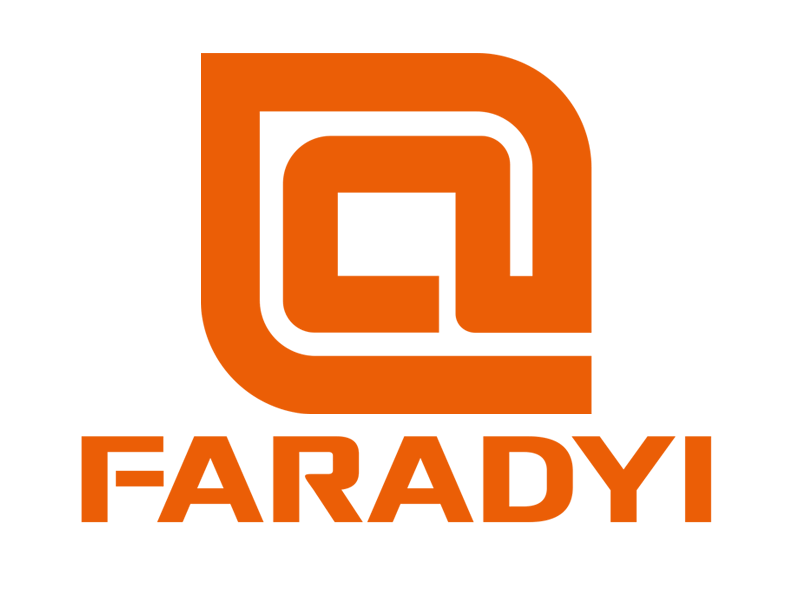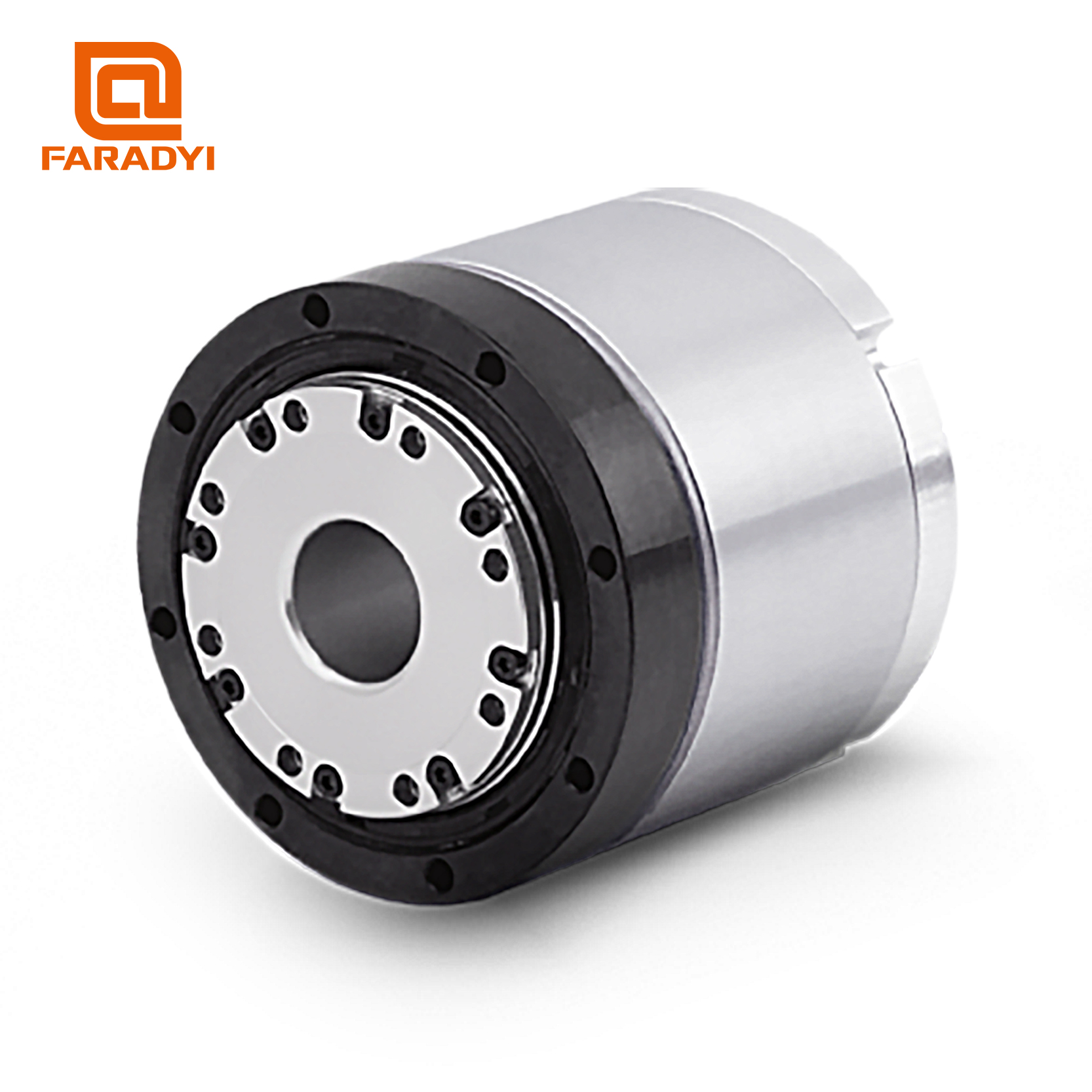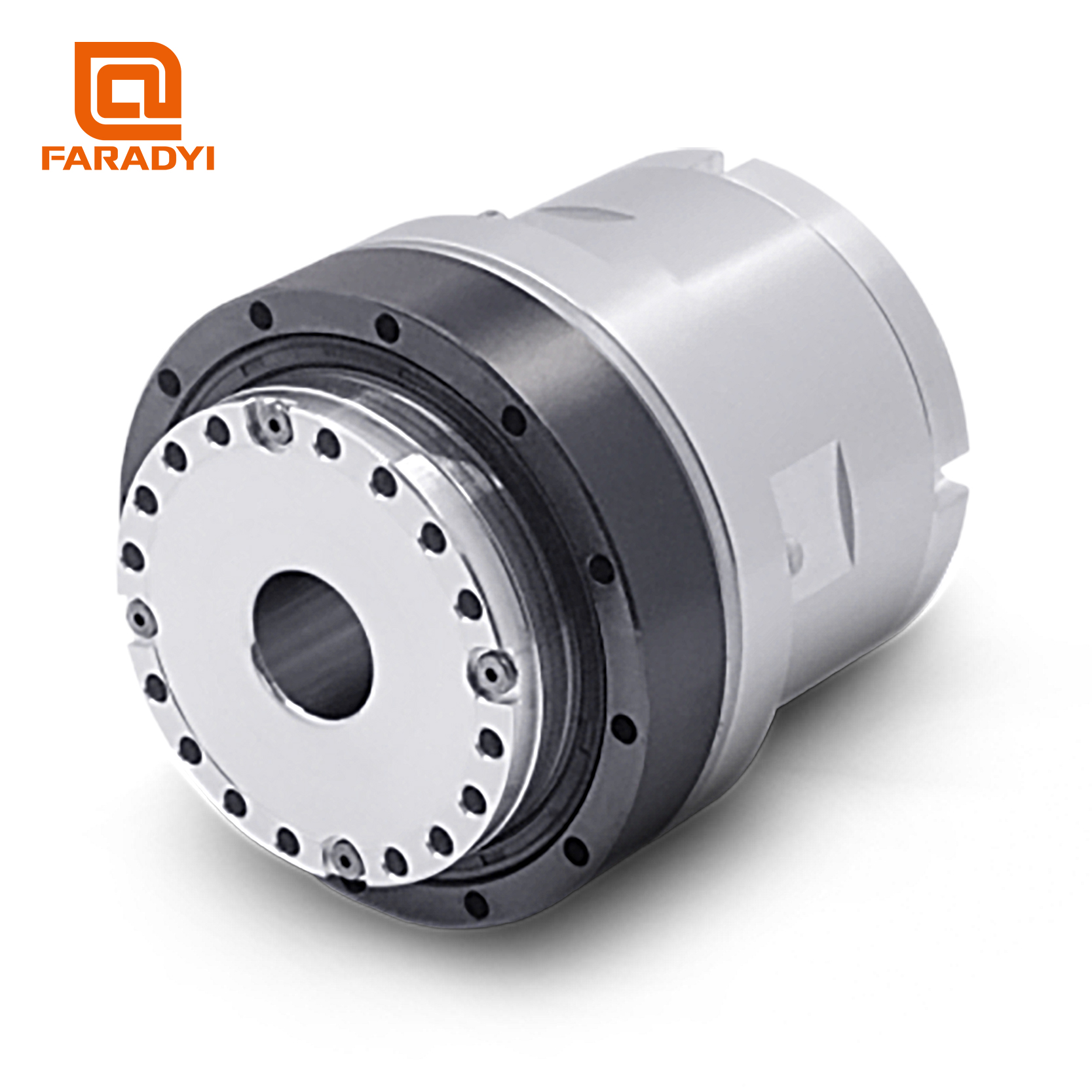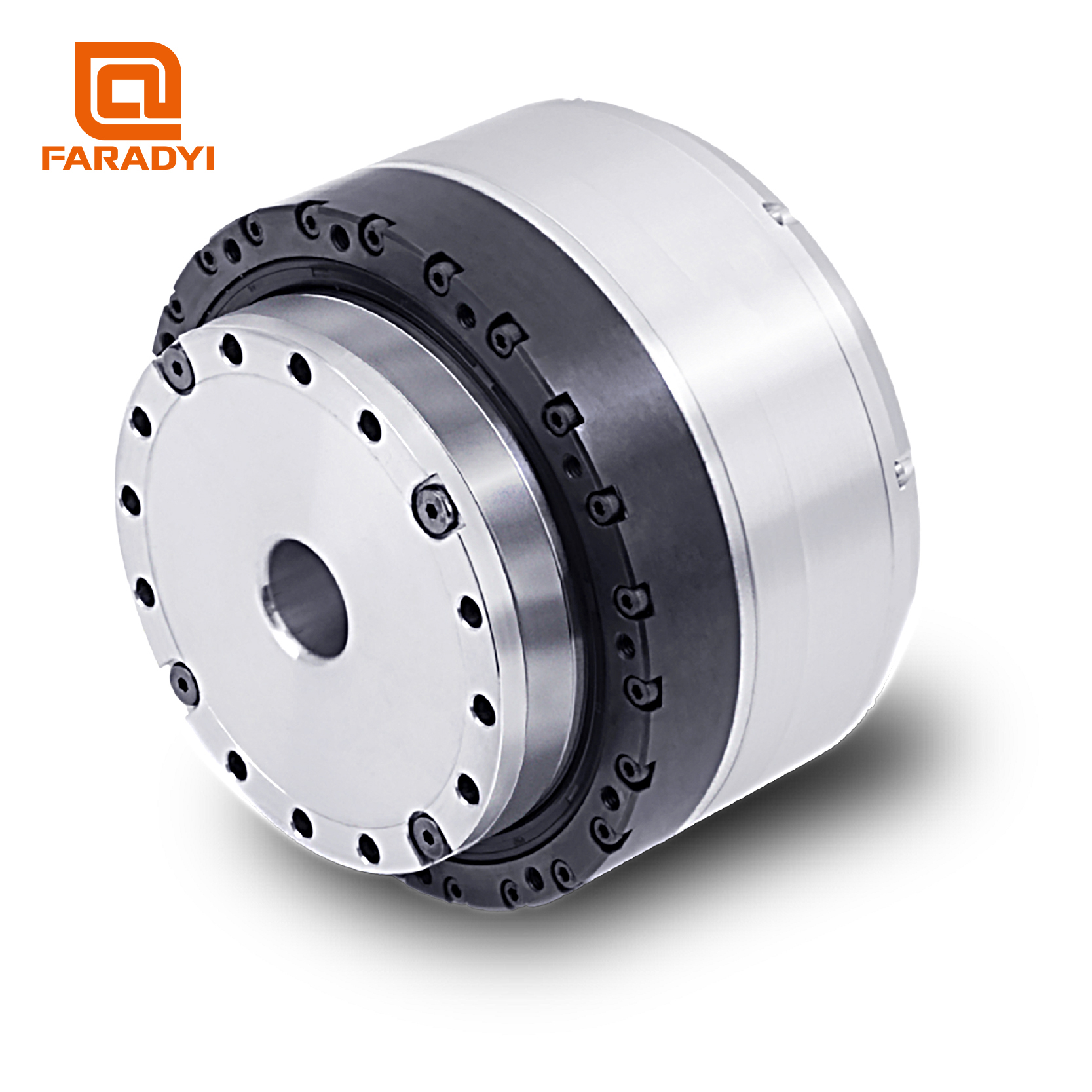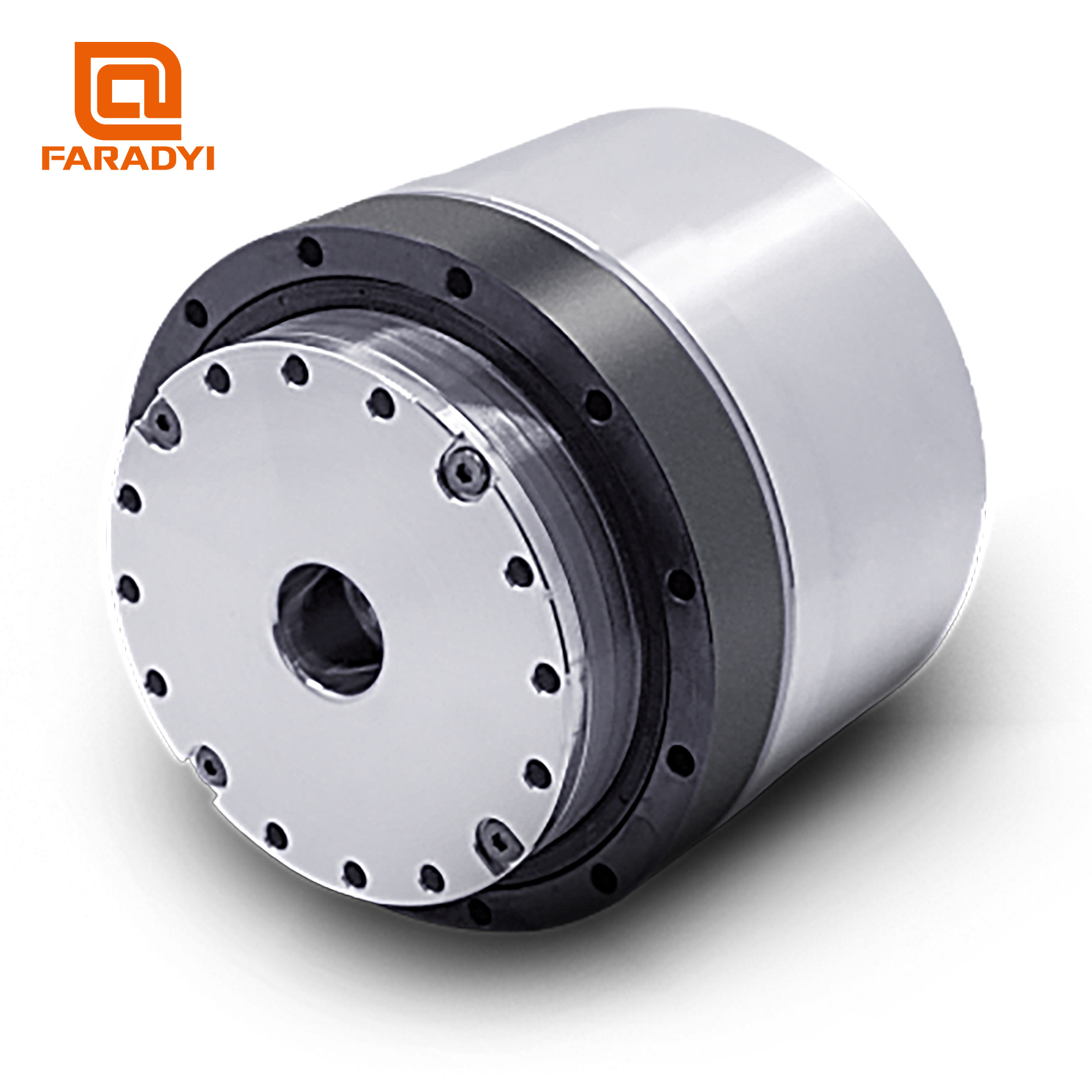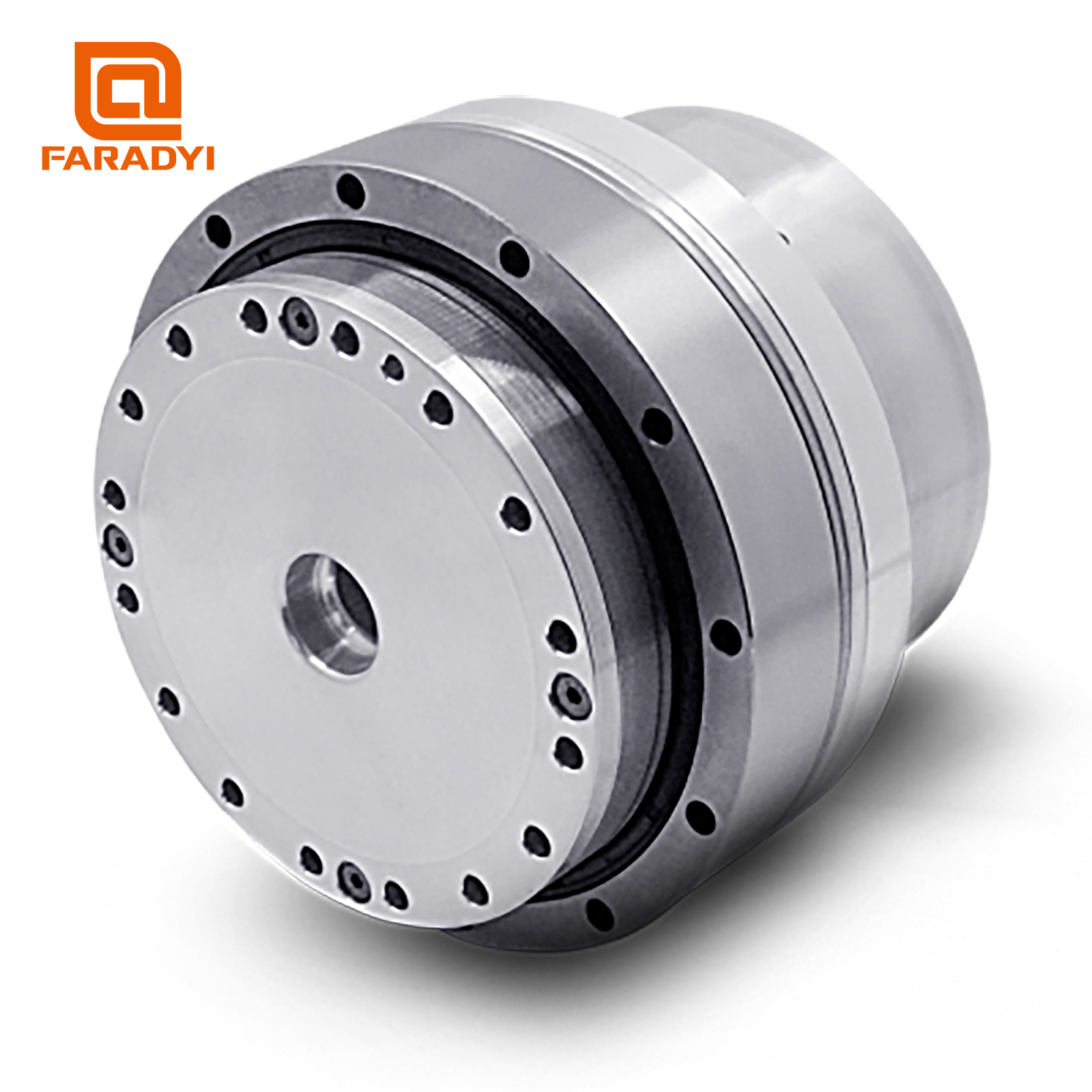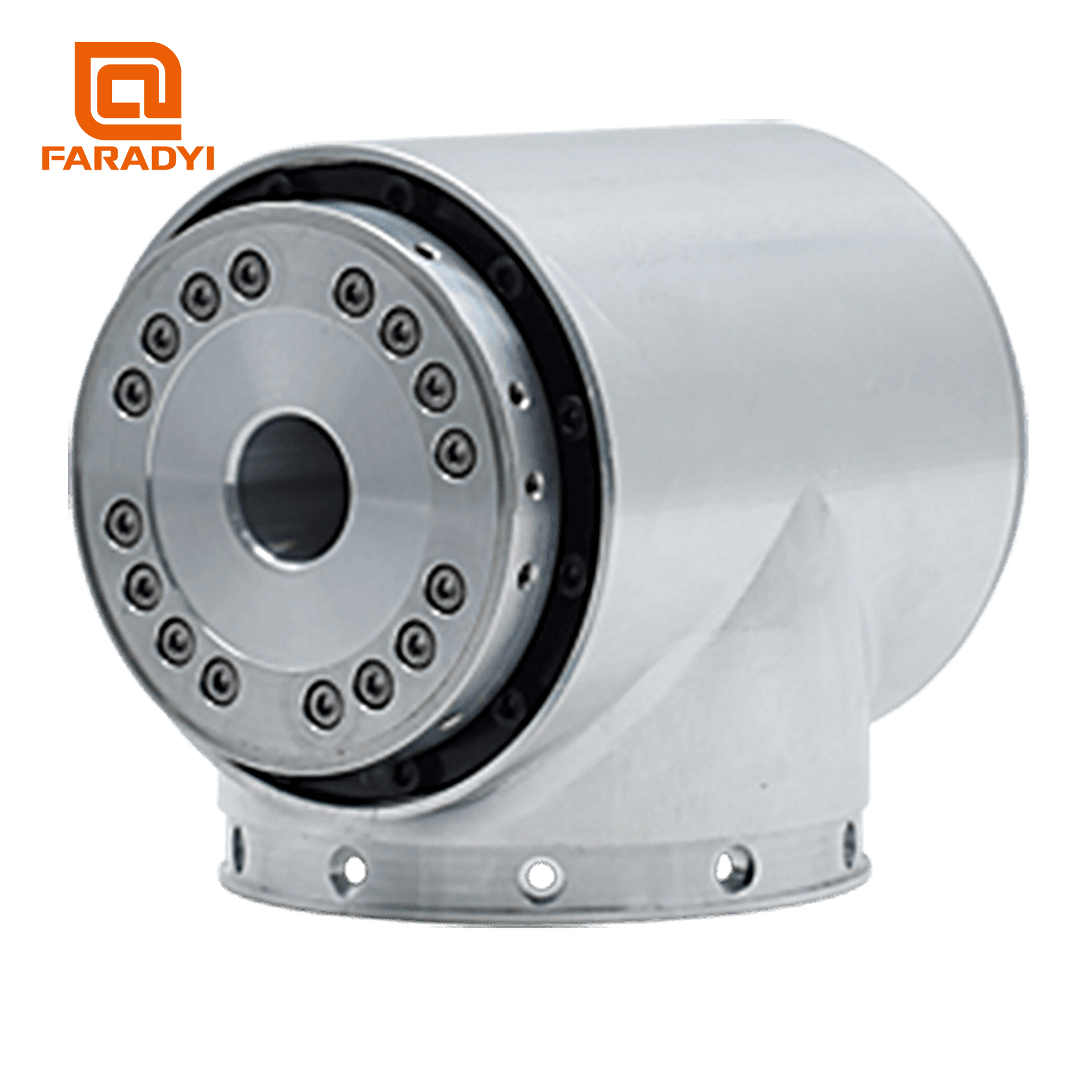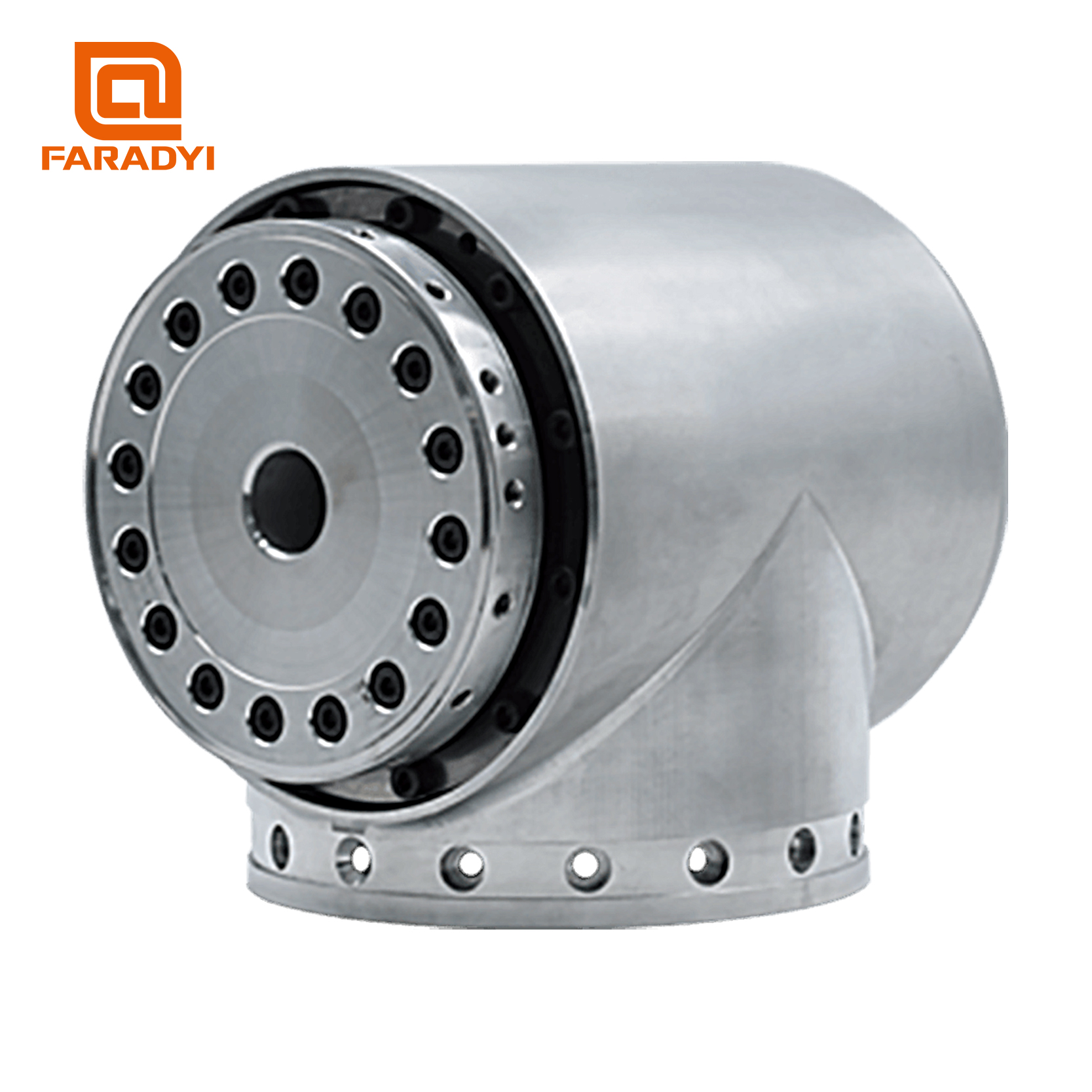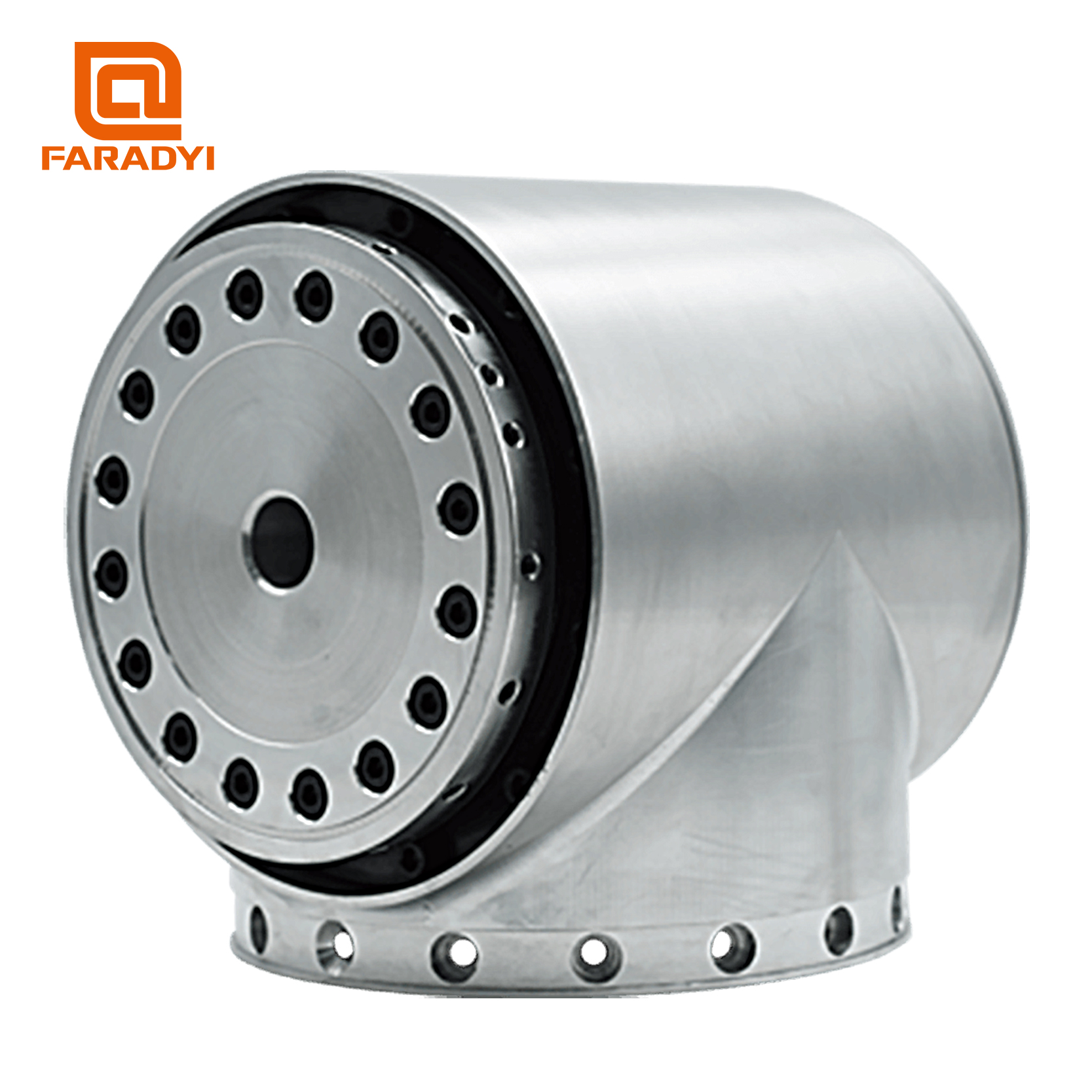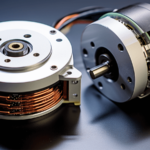The control circuit of a permanent magnet brushless DC motor serves as the core component of the motor controller, primarily responsible for decoding position signals, generating drive signals, controlling PWM chopping signals, speed detection and regulation, while also incorporating features such as over-current protection, soft-start, and bidirectional rotation control.
Decoding of Rotor Position Signals: Signals from the rotor position sensor are transformed into 180-degree electrical angle square waves through opto-isolation. These signals undergo logic processing based on the preset rotation direction to generate drive signals for controlling motor rotation.
PWM Chopping Signal Control: The speed of a permanent magnet brushless DC motor is directly proportional to the DC voltage applied. By controlling the duty cycle of PWM chopping signals, motor speed can be easily regulated. Typically, sawtooth waves are generated using an RC oscillator or crystal oscillator, which are then compared with the speed setpoint signal to produce PWM chopping signals.
Bidirectional Motor Control: Unlike traditional DC motors, the direction of rotation in a permanent magnet brushless DC motor cannot be changed by altering the magnetic field direction or the polarity of the armature voltage. Instead, reversing motor direction is achieved by changing the commutation sequence of the armature windings.
Motor Start-Up: During motor start-up, when the motor speed is zero and the induced electromotive force is negligible, applying the full DC bus voltage across the armature impedance can result in excessive current, posing a risk to both the motor and the controller. Therefore, current limiting start-up techniques are commonly employed to mitigate this issue.
Implementation of Variable Structure Control: Variable structure control methods can be utilized to combine the advantages of both permanent magnet brushless DC motor operation and synchronous motor operation. During low-speed start-up or speed adjustment, the motor operates in brushless DC mode to enhance system dynamic performance. Once the motor enters a stable speed range, it switches to synchronous motor mode, ensuring high-speed stability. Rotor speed is monitored using rotor position sensor signals, and if synchronization is lost, the system immediately reverts to brushless DC motor operation to re-synchronize the rotor.
These control functionalities endow permanent magnet brushless DC motors with flexibility and reliability, making them suitable for various industrial and commercial applications.
